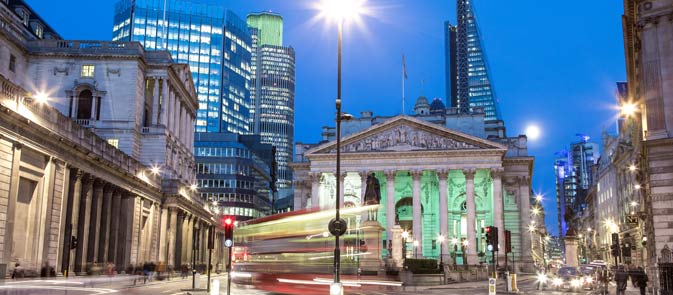Please Note: This is an archived blog post from May 23, 2014. For more recent updates, view the latest REMIX news, Agency case studies or homepage
London is primed to lead the way in cultural innovation according to a new research paper by CultureLabel commissioned by the City of London looking at the soft and hard infrastructure shaping the cultural and creative industries in the UK capital.
The UK, and particularly London, has experienced a ‘golden age’ in arts and culture over the last decade. While public subsidy has declined in recent years, this has been offset by record investment in cultural infrastructure over the last twenty years. This has helped boost audience numbers and attendance for the arts and spawned a series of cultural ‘mega’ brands with multi-faceted income streams. Increased consumer demand means cultural institutions now have to cater to audiences which are global in nature and increasingly, expand their offer to be ‘multichannel’ (i.e. experienced in more than one way). For example the British Museum’s live broadcast exhibition, Pompeii Live – this grossed £471,000 at the box office, and reached the UK Top 10.
What is driving cultural innovation in London?
The rise of trends such as ‘urbanomics’ – business models which focus purely on city consumers – are reshaping the cultural landscape and creative economy in cities. London is at the forefront of this shift. A concentration of affluent urban consumers hunting for the latest alternative cultural experiences and seeking to escape the uniform offer of clone high streets and copy-cat brands has led to a surge in new creative enterprises such as Punchdrunk, Spectators’ Guild, Ginger Line, The Art of Dining and Secret Cinema.
In addition, the digital revolution has enabled the birth of a growing number of culture start-ups which challenge traditional business models. By intersecting with the technology sector, cultural institutions are increasingly offering up exciting new ways for cultural content to be created and distributed. This is increasingly evident in London – which was ranked first of 30 global cities for ‘technology readiness’ and second for ‘intellectual capital and innovation’ in PWC’s Cities of Opportunity, released earlier this week.
The proximity of London’s technology district to the east, ‘Tech City’, to the City of London, a leading global finance hub, is also helping to accelerate the development of these innovative approaches, by providing opportunities to access capital and a growing number of international venture capital funds with London outposts. Sedition.com, Retronaut.com and DigitalTheatre.com are just a few of the examples of specific culture start-ups alongside other technology companies such as YPlan that are revolutionising tools the sector can use to grow and develop.
Collaborating and innovating for growth
Against this backdrop, our paper looks at how collaboration between different sectors can be fostered to fuel new growth in London’s creative economy, as well as to create resilient business models for arts and culture organisations.
We look at cultural sector innovations in London – such as iCITY, a new digital hub for London being developed on the Olympic Park Site, bringing together arts, technology and start-up organisations. We also consider learning from international examples, such as New INC, a multi-disciplinary lab space for arts and technology collaborations launching this summer at the New Museum in New York, and the new Google Cultural Institute in Paris designed to help the cultural sector co-produce new innovations with one of the world’s leading technology companies.
What next?
The ‘golden age’ can be sustained, if the cultural and creative industries that make London great and help drive its economy, continue to be brave enough to push boundaries, reinvent themselves and reach out to new collaborators.
Click here to read the report.

